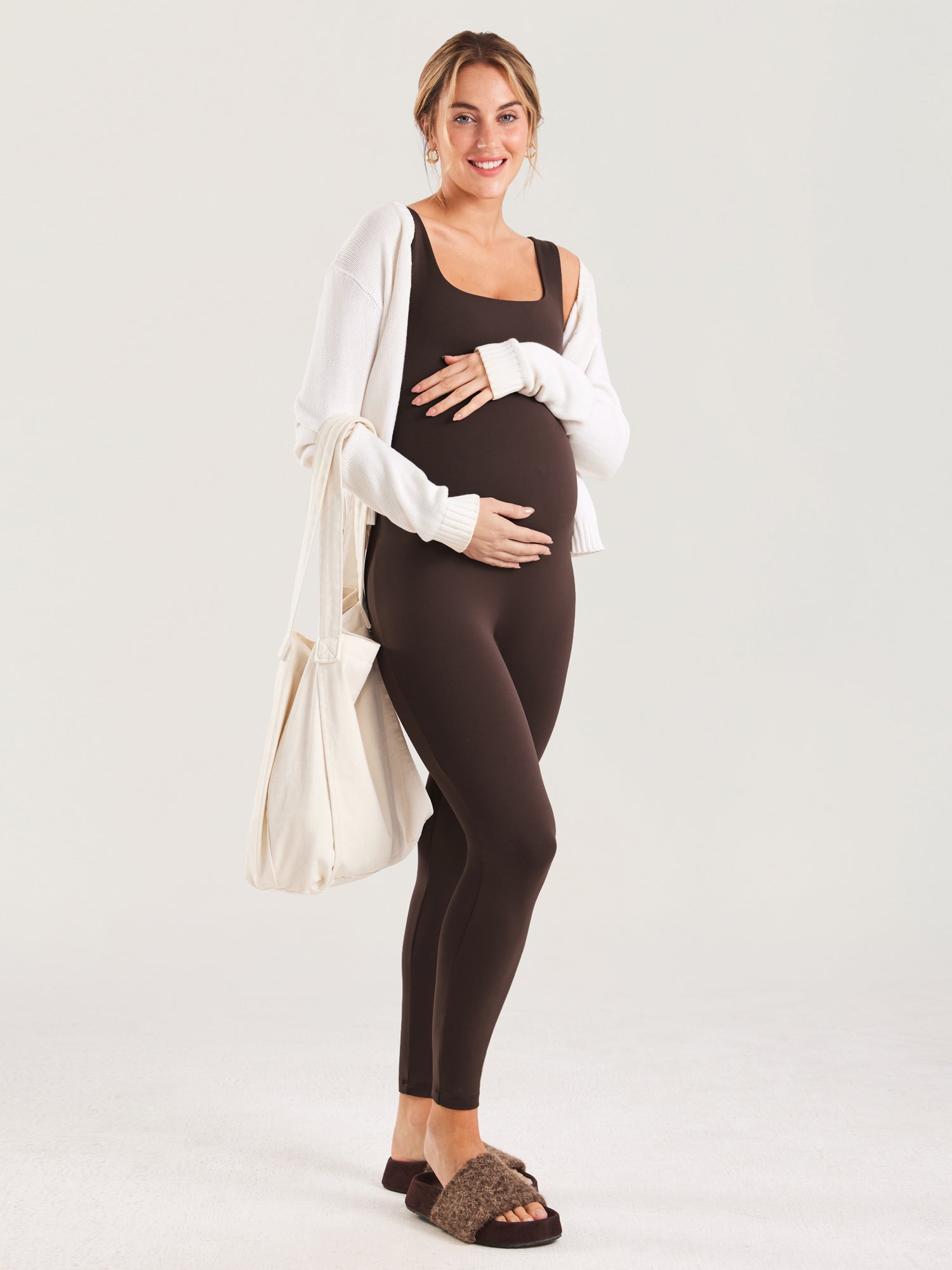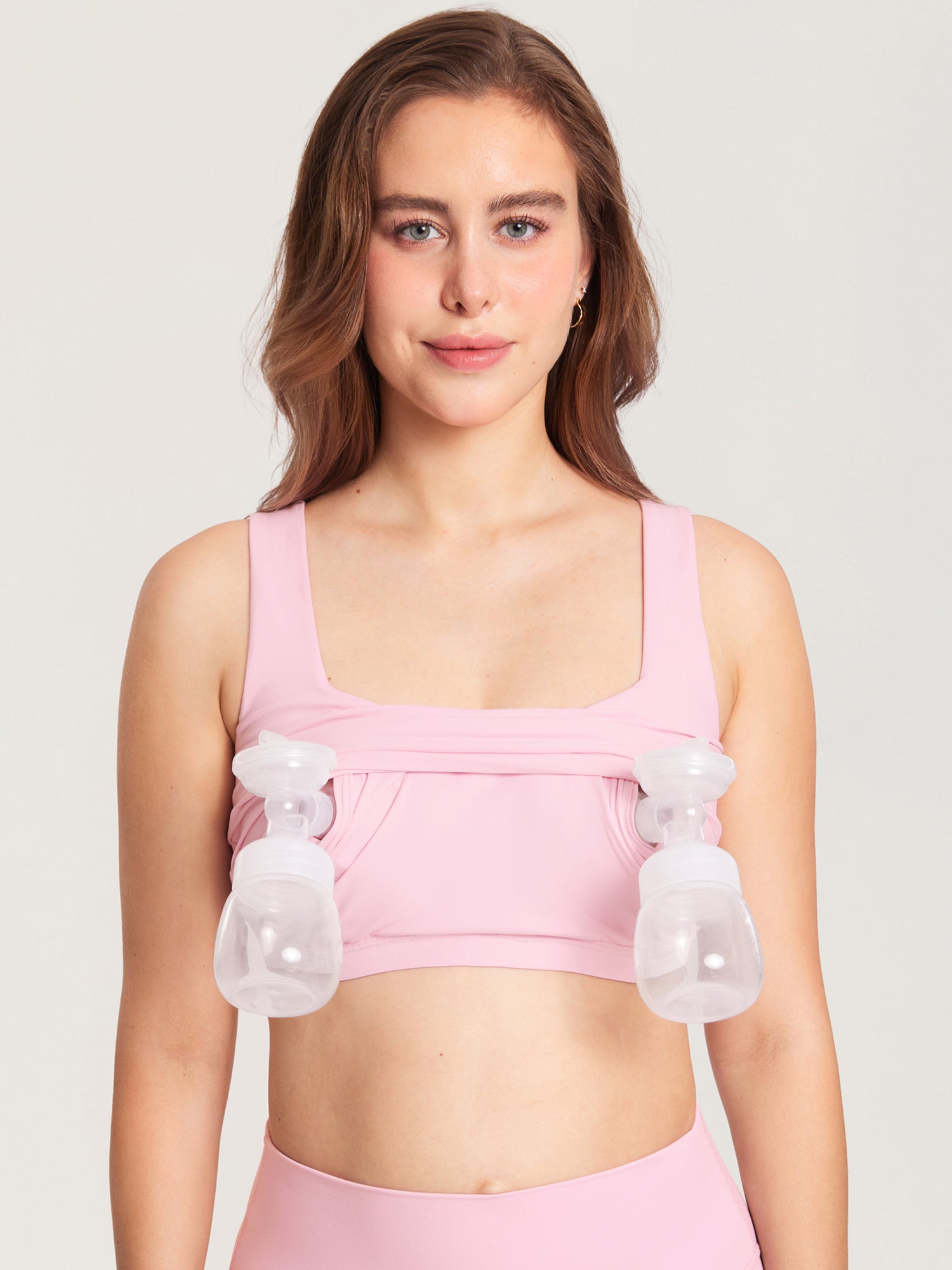After childbirth, your body undergoes many changes as it returns to its pre-pregnancy state. One common issue that many women face during this recovery phase is postpartum cramping. While cramping is a normal part of the healing process, understanding when it is a cause for concern is crucial for your health and well-being. This article will explore what postpartum cramping is, why it happens, and when you should seek medical attention.
What is Postpartum Cramping?
Postpartum cramping refers to the pain or discomfort a woman feels in her abdomen after giving birth. These cramps are often compared to menstrual cramps, though they can vary in intensity. The cramping is caused by the uterus contracting as it returns to its normal size. This process is called involution, and it is a necessary part of recovery.
The body naturally tries to expel any leftover tissue from the pregnancy and reset itself hormonally. This process can cause intermittent pain, which usually fades within a few days or weeks. The pain can feel like a dull ache or sharp pangs, depending on the individual and the specific circumstances of the birth.
Why Do Postpartum Cramps Happen?
Several factors contribute to postpartum cramping, including:
Uterine Contractions: After delivery, your uterus shrinks to its original size. These contractions help in this process and may be more noticeable during breastfeeding, as oxytocin is released, causing stronger contractions.
Hormonal Shifts: Your body undergoes significant hormonal changes after childbirth. A drop in estrogen and progesterone levels, combined with the increase in oxytocin, can trigger these cramps.
Breastfeeding: For many women, breastfeeding stimulates uterine contractions. This is completely normal, and while it may feel uncomfortable, it's helping your body heal.
Previous Births: Women who have had multiple pregnancies may experience more intense cramping, as their uterine muscles are more accustomed to contracting.
When Should You Worry About Postpartum Cramps?
While most postpartum cramping is harmless, there are times when it could signal a more serious issue. Here's when you should seek medical attention:
Severe Pain: If you experience severe cramping that does not improve with time or over-the-counter pain relief, it may indicate a complication such as retained placenta or an infection.
Heavy Bleeding: If your cramping is accompanied by excessive bleeding or blood clots larger than a golf ball, it’s important to contact your healthcare provider. This could be a sign of hemorrhaging, a potentially serious condition.
Fever and Chills: If cramping is accompanied by fever and chills, it may indicate an infection, such as endometritis (an infection of the uterine lining). This requires immediate medical intervention.
Pain that Gets Worse Over Time: Cramping that progressively gets worse, especially if you have already passed the initial recovery phase, may signal a complication like an infection or a problem with the uterus.
Abdominal Tenderness: While mild tenderness is normal, severe tenderness or swelling in the abdomen can be a sign of infection or other complications.
How to Manage Postpartum Cramps
For most women, postpartum cramping will subside on its own. However, there are a few things you can do to manage the discomfort:
Over-the-counter pain relievers: Ibuprofen or acetaminophen can help reduce pain and inflammation.
Heat therapy: Applying a heating pad to the lower abdomen can provide relief from cramping.
Rest: It’s important to give your body time to heal. Resting, hydrating, and eating nutritious food will support your recovery process.
Breastfeeding: Continue breastfeeding if you are able to. Although it might cause some cramping, it’s also helping your body recover faster.
Preventing Complications
While most postpartum cramps are harmless, it’s essential to stay vigilant for signs of complications. Regular check-ups with your healthcare provider are crucial to ensuring that your body is healing properly. If you're unsure about your symptoms, it’s always better to err on the side of caution and reach out to a medical professional.
Conclusion
Postpartum cramping is a natural part of your recovery process after childbirth. Although it can be uncomfortable, it typically resolves on its own. However, it’s important to be aware of the signs that something might be wrong, such as severe pain, heavy bleeding, or fever. If you’re concerned, don’t hesitate to contact your healthcare provider to ensure that you’re healing as expected.
FAQs
How long do postpartum cramps last?
Postpartum cramps usually last a few days to a week but can persist for up to two weeks in some cases. If the cramps persist beyond that time, consult your doctor.
Is it normal to feel cramping while breastfeeding?
Yes, breastfeeding stimulates uterine contractions, which can cause cramping. It’s a normal part of the healing process.
Can I take painkillers for postpartum cramps?
Yes, over-the-counter pain relievers like ibuprofen or acetaminophen are generally safe for postpartum cramps. However, always check with your doctor before taking any medication.





















